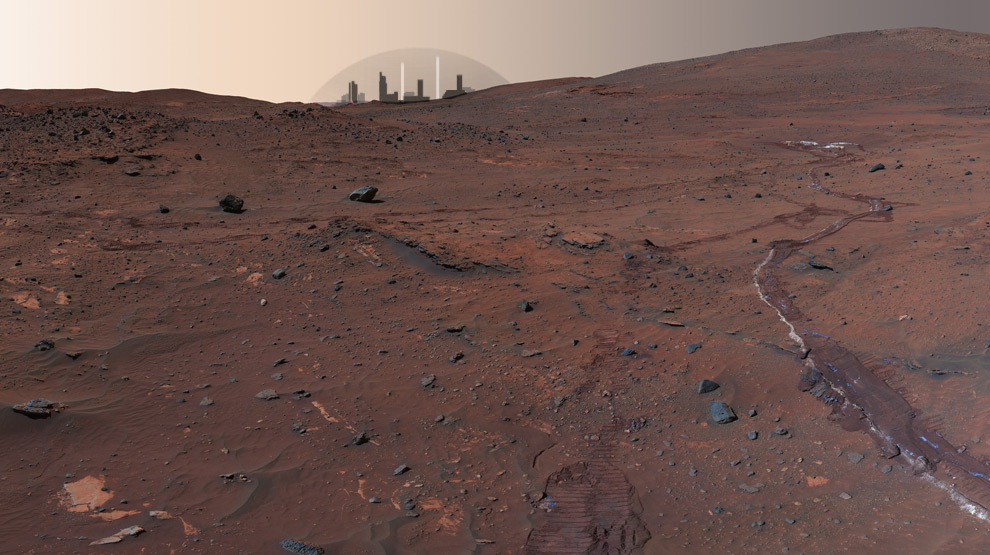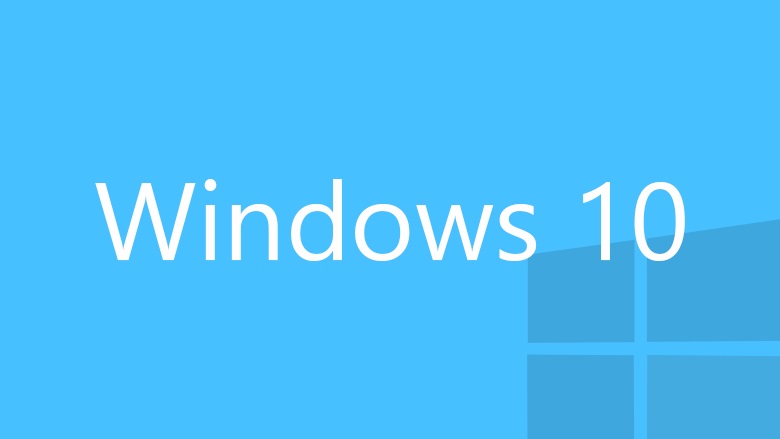
A Million People to Mars
This week the news made the rounds that billionaire engineer-programmer-rocketman Elon Musk thinks it’s imperative to the long-term survival of humanity to put a million people on Mars. As soon as we can reasonably do so.
While scientists often argue that humanity reached bottlenecks of much smaller numbers in the past without much in the way of a problem — the Toba Catastrophe theory suggests the human population may have been as low 70,000 years ago as 1,000-10,000 breeding pairs — but Musk is talking about the creation of a sustainable technology base that would allow humans to survive on an incredibly hostile planet. If you think living on Earth is hard, with earthquakes, tsunamis, volcanoes, hurricanes, tornadoes (and more!) try living on a planet where stepping outside is fatal: a sustainable technological base is vital to the survival of any human colony on Mars.
But Musk has a plan: that’s what SpaceX is for. It may sound outlandish — it does sound outlandish — but something about a conversation with the man who founded a rocket company in order to turn humanity into a multiplanetary species makes it seem, against all odds, plausible. Check out the full article over at Aeon.

Windows… 10?
For a computer programming company, Microsoft’s release numbers for the operating system Windows haven’t been exactly regular: 1, 2, 3.0, 3.1, 95, 98, 2000, ME, XP, Vista, 7, 8. That’s not even counting the interspersed NTs and server editions. Now, they’re keeping up with the trend, and skipping number nine. This week, the company announced next year’s release of Windows 10, which appears at first glance to be an improvement over the much-reviled 8. The start menu has returned and the reliance on so-called “live tiles” has been diminished, both of which come as music to the ears of non-touchscreen users around the world. The real question is which Microsoft has designed it: the one responsible for Windows 3.1, Windows 95, Windows XP, and Windows 7; or the one responsible for Windows ME, Windows Vista, and Windows 8? Right now everyone who hasn’t already completely abandoned the SS Microsoft is praying it’s the former. Here’s more on the story, including details about the operating system and first impressions, from Gizmodo, the Verge, and TechCrunch.
CCtCap Update
Last week Commercial Crew transport Capability bidder Sierra Nevada Corp (designers of the Dream Chaser spaceplane) filed a protest with the US Government Accountability Office over the awarding of the contract to Boeing and SpaceX. This week NASA has responded by asking SpaceX and Boeing to stop work on the contracts until the GAO has made a ruling. The delay is likely just a precaution — it’s almost standard practice to file with the GAO when a bid hasn’t gone your company’s way these days — but it will have the effect of delaying work on the contracts until the ruling, which won’t likely be until mid-January. If the GAO does find fault, NASA may have to re-award the contracts, or even begin the bidding process over. SpacefightNow has more on this week’s developments.
Undoing Resistance
A new approach to fighting antibiotic resistance in bacteria may hold the potential to surmount the crisis looming on the horizon. News this week out of MIT’s Synthetic Biology Center suggests the possibility of a new approach: targeting just the genes responsible for resistance in the bacteria. The technique involves engineering a string of DNA called a CRISPR, loading it into a bacteriophage (a virus that targets a specific bacterium), and setting it loose to reprogram the DNA of the resistant bacteria, changing them into either less-resistant strains, or even into helpful ones. While the technology is still a few years out at best, it may end up being another weapon in our arsenal for the coming war against antibiotic resistance. BBC news has more on the story.
Orion
NASA’s Orion crew capsule is almost ready for its (targeted) December 4 test-flight, and so in honour of the building excitement (and contributing to it), NASA has begun posting to The Official Orion Blog (seriously, go check it out!). The Delta IV Heavy that will take it up beyond the orbit of the ISS has been raised into vertical position in SLC37 at Cape Canaveral, and the Orion itself is on its way to have the Launch Abort System installed. When the unmanned test takes place, the Delta IV will send the capsule up to 3,600 miles above the surface of the Earth (compared to 260 miles for the ISS). Orion will then orbit the planet twice before speeding back into the atmosphere at 20,000 miles per hour to test the re-entry heat shields, and splash down in the Pacific. For more info, check out the blog, or watch this space for more information as it becomes available.
Schizophrenia Study Update
Two weeks ago several news sources (including here) reported on a study which suggested that schizophrenia might by eight distinct genetic disorders, a finding that would revolutionize the way we diagnose and treat the condition. There has been pushback this week from a group of geneticists, calling the results questionable. There has also been a response from the original team, saying that they will respond to the criticisms tomorrow on PubMed Commons. The original team has also criticized the manner in which the allegations were presented, that is, in a non-peer-reviewed forum (a blog called “Genomes Unzipped”). For a complete rundown on the controversy, check out this article on io9. I’m sure we’ll hear more next week.
NASA-ISRO Collaboration
In the wake of last week’s two red planet arrivals, one each from NASA and ISRO, a collaboration between the two has been announced at a meeting in Toronto, Canada. Under the newly-signed deal, the two organizations will work together to create an Earth observation satellite, as well as pledging to “establish a pathway” for future Mars mission collaboration. The satellite, to be called the NASA-ISRO Synthetic Aperture Radar mission (NISAR for short) will with any luck produce data of unprecedented detail about the changing surface of the Earth. Given the Indian space agency’s recent successes, the agreement looks to be to everyone’s future benefit.
Best of the Rest
Here’s what else happened this week on the internet (at least, as far as I saw): the Aral Sea is almost gone (and you can see it in photos if you want to be depressed); Cassini’s watching surface features appear and disappear on Titan (and you can see it in photos if you want to be impressed); physicists have found a particle that’s its own antiparticle (and you can read about it here if you want to be confused); and someone’s made a CG face to real it’s almost unbelievable (and you can see it here if you want to be amused).
That’s it for today. Have a great week.
